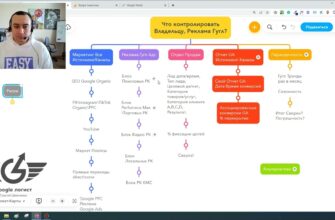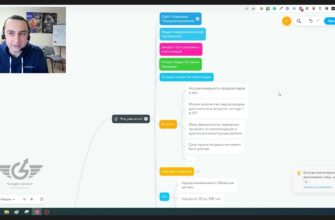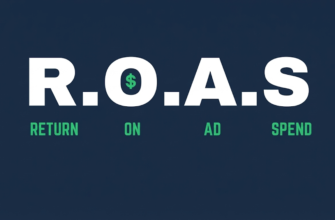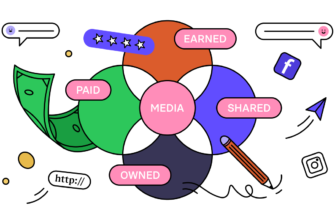Marketers are in awe, Google has removed another ancient metric that everyone loved so much… “Average position”
Google warns that in September 2019 “middle position” in Google Ads will no longer be supported. Let’s admit to ourselves: We are all used to this indicator, it seems to us so dear and understandable, and simple, and common, and in general ….
But Googlers say this optimization is for the best.
How many calls and sales will I get by ordering contextual advertising from you?
I need to calculate the conversion of my website Describe
the task
in the application
Calculate potential ad revenue Google
contextual advertising calculator
Why did you decide to cancel the middle position?
The great and mighty Google claims that this only leads to confusion in the indicators.
Which ones? Let’s look at some examples
SITUATION 1.
As we all know, the top positions are taken by more relevant ads.
As a consequence:
Advertiser 1 is in position 4 (but the ad was showing above organic)
Advertiser 2 also occupies position 4 (but ads are lower than organic).
Both see themselves from middle position 4.
Only one was shown above and the other below.
And this means that the metric did not show the real picture of impressions, which means that the specialist cannot assess the adequacy of his advertising.
And thanks to the Impression Top (%) metric, ad item 1 will see that the average position is 4, and everything is ok in impressions and reach.
The other person would know they need to increase their ad rank.
SITUATION 2.
Improbable average position calculation.
Advertiser 1: shown in positions 1+4+4 = average 3
Advertiser 2: positions 2+3+4 = 3
Advertiser 3: 1+5+ didn’t show up (for various reasons) = 3
Agree that the calculation is completely incorrect in the end.
It turns out that 2 people didn’t get a top impression, and therefore they need to increase their Quality Score and increase their bid if they want to rank themselves up.
SITUATION 3.
It is important to understand that the position is calculated if the impression actually occurs. For example:
Advertiser 1: no impression + no impression +1 = average position 1
How many calls and sales will I get by ordering contextual advertising from you?
I need to calculate the conversion of my website Describe
the task
in the application
Calculate potential ad revenue Google
contextual advertising calculator
Advertiser 2: 1+1+1 = average position 1.
And thanks to the new metrics, 2 the advertiser can understand that his search ranking is 100%.
Advertiser 1 sees that his search ranking is only 33%, and he urgently needs to fix the situation.
These are the reasons why they really want to remove the middle position.
BUT…
Now, the “old” school PPC specialists will say, “raise the stake, and everything will be decided quickly and easily.”
I hasten to disappoint.
Higher bids may make the key more active in the auction, but it may lose even more impressions in the top position in them.
So may the power of analytics be with us.
How to replace “middle position” in search?
New indicators are already available in the new interface:

Top of page impression % (“Top % of impressions”) is the percentage of ad impressions in any position above organic search results.
How it’s calculated: Top % Impressions = Top Impressions / Total Impressions
Top Impression % (“Top % Impressions”) is the percentage of your ad in the top position above organic search results.
How it’s calculated: Top Position Percentage = Top Position Impressions / Total Impressions
Top Position Impression Percentage (“Top Position IPV in Search Network”) is the ratio of the number of times your ads were shown at the top position of the search results page to the estimated number of possible impressions in this position.
How it’s calculated: Top position received impression percentage = actual top position impressions / possible top position impressions
Top Impression Percentage (“Search Network Top Position RPV”) is the ratio of your ad impressions at any top position (above organic search results) to the estimated number of possible impressions in these positions.
How it’s calculated: Top of page impression percentage = actual top of page impressions / number of possible top of page impressions.
Now you may have even more confusion, but the above metrics are not really difficult.
It’s just that now you can more accurately determine your location on the page, as well as immediately see where you are falling short and that you need to improve your ad rank.
What is this whole post for?
NOT to the fact that the life of a PPC specialist is so difficult and difficult. NO. This shows how dynamic Google is developing. Remember that Google Ads brings in about 80% of Google’s revenue as a complete. And this means that he will not lose even a fraction of a percent of the money. How to get more money? Of course, you can act stupidly like in Yandex – the average price depends on artificially. Of course, Google wants to satisfy user requests, because they are the ones who call. And if you offer the most relevant ads, you will get more clicks.
That’s what all the fuss is about.


















